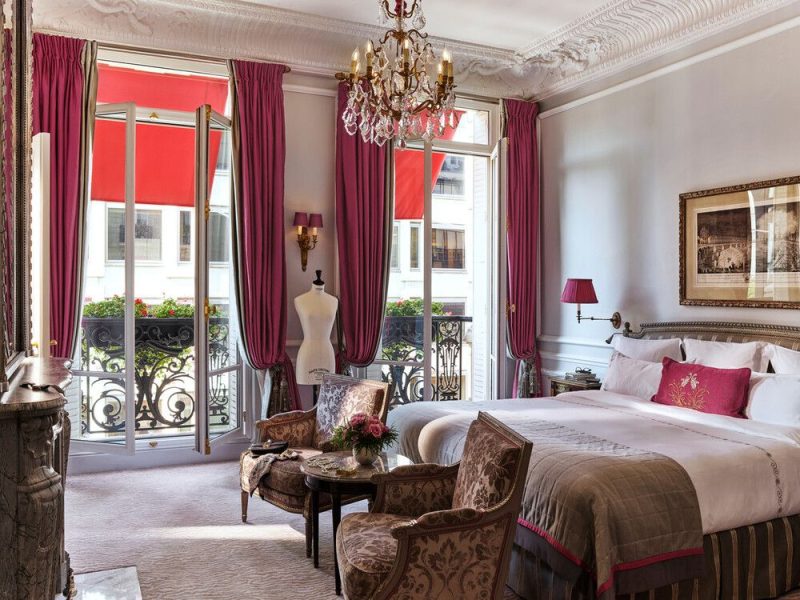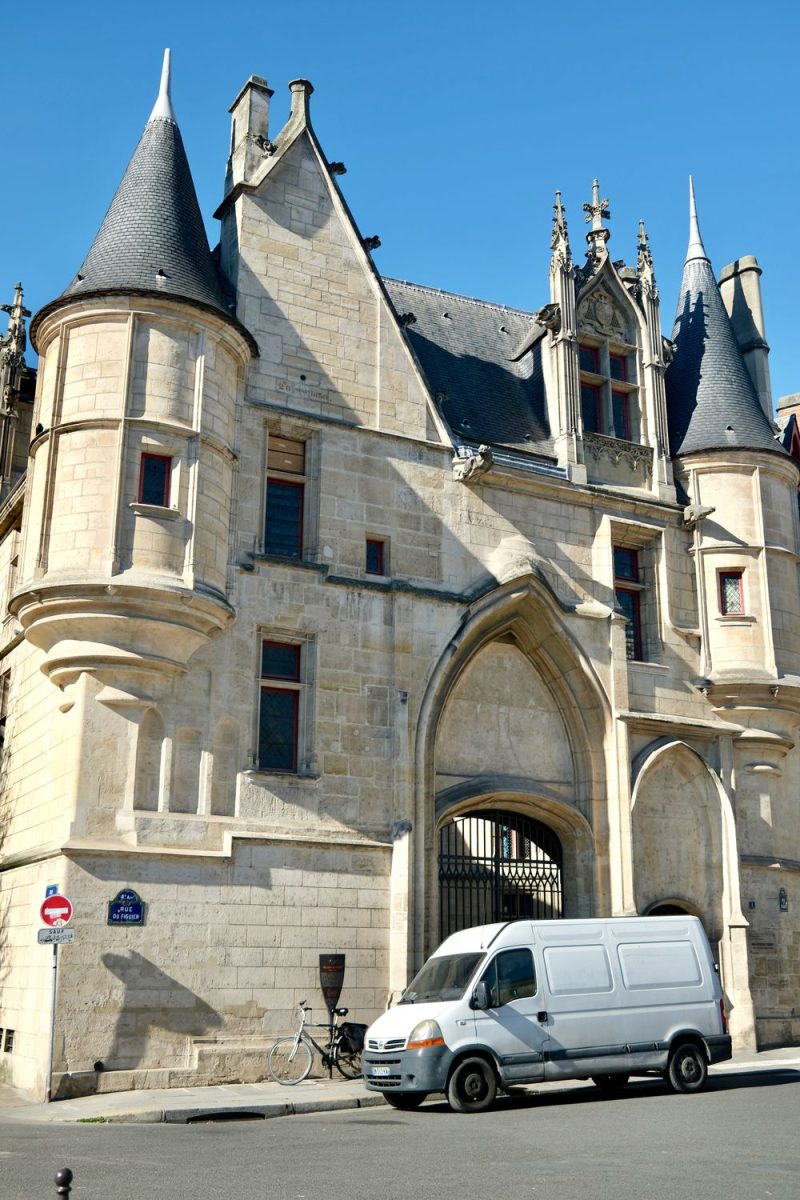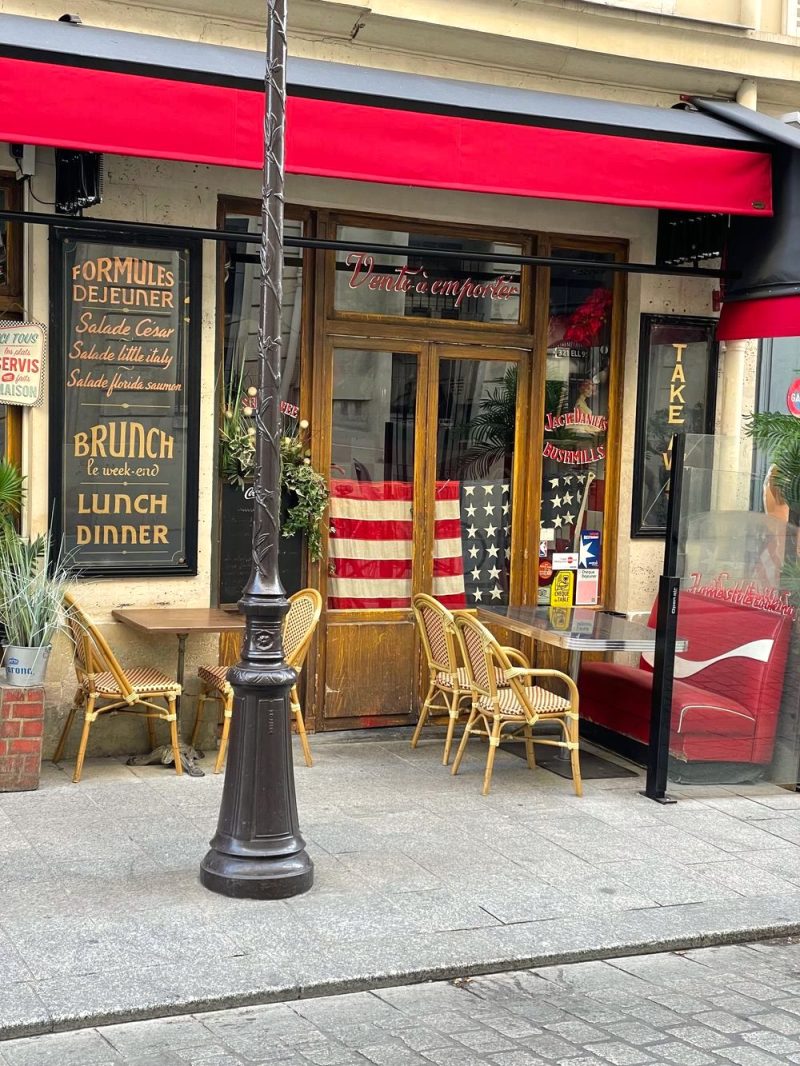10 Best Day Trips from Paris for French Culture Lovers
Culture Travel may earn a commission through links on this website. As an Amazon Associate, we earn from qualifying purchases.
Day trips from Paris can be a great way to escape the city for a day and see what greater France has to offer. Europe is known for its extensive railway network, making fast travel a breeze. You can quickly hop on a train from Paris and be in the south of France in as little as two hours! If you have a car, then you can also drive to many exciting destinations not far from the capital of France.
Despite Paris’ beauty, sometimes a day trip is required to get the full French experience. Luckily, Paris is centrally located and many beautiful locations, castles, and towns are just a short trip away. A day trip from Paris may be just what you need for a perfectly diverse trip to France.
Here are ten amazing day trips from Paris to see a little more than just the big city!
Versailles
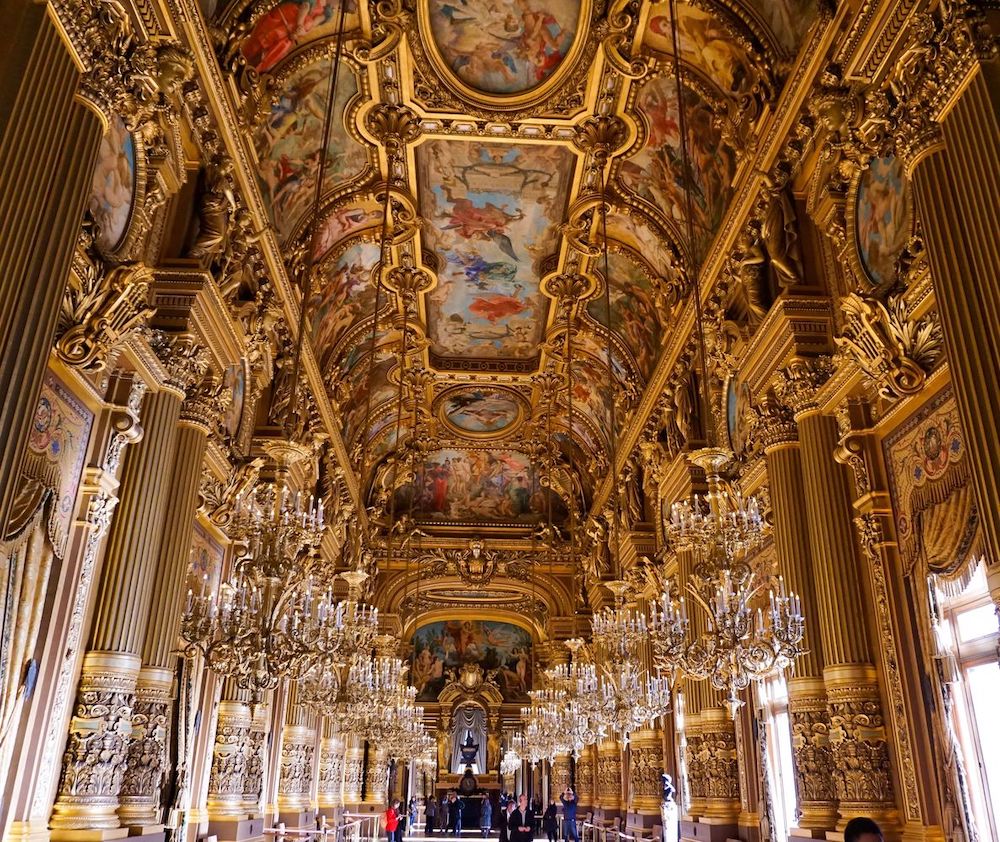
Versailles is perhaps the most famous of all the day trips you can take from Paris. King Louis XIV commissioned the Château de Versailles to be his royal residence in the 17th century. For more than 100 years French royalty resided in the palace including the ill-fated Marie Antoinette and King Louis XVI. Last year, the Palace of Versailles drew more than 7 million visitors to its palace, gardens, and grounds.
Located just 20 km from Paris, the Palace of Versailles is an excellent and relaxing day trip option. With beautiful gardens, spectacular architecture and interior design, and rich history, Versailles is the perfect way to spend a day outside of Paris. It’s easily the most visited French chateau in existence.
Built in 1661 and formerly the home of King Louis XVI and Queen Marie-Antoinette, the Palace of Versailles gives visitors a glimpse into the lavish lifestyles of the 17th-century French aristocracy. A tour of the palace’s interior allows visitors to enter the royal suites and wander the Hall of Mirrors. After the French Revolution, the palace became the Museum of the History of France and also began to house art collections representing France’s history and culture.
The Palace of Versailles became a UNESCO world heritage site in 1979 and has served as a reminder of the evolution of French royal holds and the lavish lifestyle of French royalty and aristocracy prior to the French Revolution.
This palace, which began as a rural royal getaway, now spreads across 2,300 rooms and 63,154 m2 and though the interior is grand and filled with luxurious splendors, day trip visitors need to save time to wander the gardens.
Meticulously designed by a team of appointed architects and artists, the gardens boast fountains, canals, tree-lined paths, statues, and unmatched landscape artistry. The Grand Perspective, a promenade through the center of the property, is the most famous aspect of the gardens and can be seen from the windows of the Hall of Mirrors. The gardens are replanted every 100 years to maintain their beauty and design.
Visitors can travel on their day trip from Paris to Versailles by train or car. Each journey takes approximately one hour. You can reach Versailles by train from Paris for just 7€ round trip on the regional train line RER C.
Visitors must purchase a ticket to access any and all parts of the estate, a separate ticket, and mandatory time slot must be booked in advance to access the Palace’s interior. The gardens are open every day and the palace is open every day with the exception of Mondays. Tickets can be purchased on the Palace of Versailles website.
Monet Gardens of Giverny

Claude Monet, founder of the French Impressionist movement and a cornerstone practitioner of plein-air landscape painting, moved to Giverny at the age of 43 with his chosen family in tow. After many hard years in London, Paris, and Vétheuil, Monet wanted to paint in a peaceful setting surrounded by nature and beauty.
The Claude Monet Foundation manages the former house, studio, and gardens of impressionist painter Claude Monet in Giverny, France.
The Giverny home gave him just the opportunity with an orchard, pine-lined alley, and large stone walls surrounding the land. Monet cut down the pines and created Clos Normand, the gardens that have since become famous in his work and visitors to the region.
The Clos Normand part of Monet’s gardens is located just in front of the Monet residence. Here Monet cultivated a wild, but beautiful garden, from which he could paint a variety of perspectives. His love of botany led him to collect rare varieties of flowers and he planted these in the garden in clumps of similar colors. In the alley, he constructed arches for roses to climb in the summers.
Across the country road from the Monet residence, Monet planted another garden, the Water Garden, eventually to serve as inspiration for his famous “Water Lilies” series. He planted the Water Garden in 1893, a decade after arriving in Giverny.
Here, he dug ponds fed by a small brook and planted willows, wisterias, bamboo wood, and water lilies. Inspired by Japanese water gardens, Monet added a Japanese bridge across the brook. This garden, he truly shaped for his art and served as his inspiration for many of his most famous paintings.
After Monet’s death in 1926, the house and gardens fell into disuse, but in 1977, efforts finally began to restore the gardens and house to their original state. Now, more than 500,000 visitors take day trips to the gardens each year.
When doing a day trip from Paris to Giverny, keep in mind that the gardens are only open seven months of the year, from May through November. Located 75 km from Paris, the Monet gardens are only accessible by car. Trains do not run from Paris to Giverny.
The gardens are open every day of their season, but visitors must have tickets. E-tickets and advance reservations are highly recommended as time slots fill up. To book tickets to the Monet Gardens in Giverny, visit their website.
Château de Fontainebleau
Another royal day trip from Paris includes Château de Fontainebleau or the Palace of Fontainebleau. Built five centuries before the Palace of Versailles in 1167, Château de Fontainebleau represents another part of French Royal history.
The Château de Fontainebleau served as a hunting lodge for French royalty for many centuries. Located in the Parisian metropolitan region, it’s the perfect place to take a day trip and explore the expansive forest of Fontainebleau.
The “château”, meaning royal country estate, was passed down from king to king from Medieval times until the 19th century. Due to its location on the edge of a royal game preserve, the Forest of Fontainebleau, French kings came to the palace each year for hunting season. During these seasons, the kings commissioned France’s greatest architects to add more buildings, structures, and wings to the palace. Today, the palace is the single best place to see France’s architecture and design evolve over the centuries. All of the artifacts and architecture have been restored or remain in their original state.
A unique part of a visit to Château de Fontainebleau is its step into the Italian Renaissance and tributes to this art movement. After Henry II married Catherine de Medici of the powerful and famous Medici family, the couple commissioned multiple sculptures, frescos, and most famously the Salle de Balle ballroom from Italy’s most prominent painters, sculptors, and architects. This era in the Château de Fontainebleau blends the traditional French styles with those of the Italian Renaissance making the palace a unique blend of 14th-century culture and art.
Most famously, the Château de Fontainebleau was occupied by Napoleon Bonaparte, who is represented by the “N” on the palace’s entrance gate. He made the country home the Imperial Palace after the end of the French Revolution. Château de Fontainebleau is home to the last Napoleonic throne in existence.
With far fewer visitors than the Palace of Versailles of the Château de Loire Valley, Château de Fontainebleau makes for a relaxing, intriguing, and fun day trip from Paris.
Located approximately 69 km from Paris, the Château de Fontainebleau is accessible by car or by a combination of train and bus. The Château de Fontainebleau recommends reserving your ticket in advance in order to skip any lines at the ticket office. You can reserve your ticket on their website.
Château de Chantilly
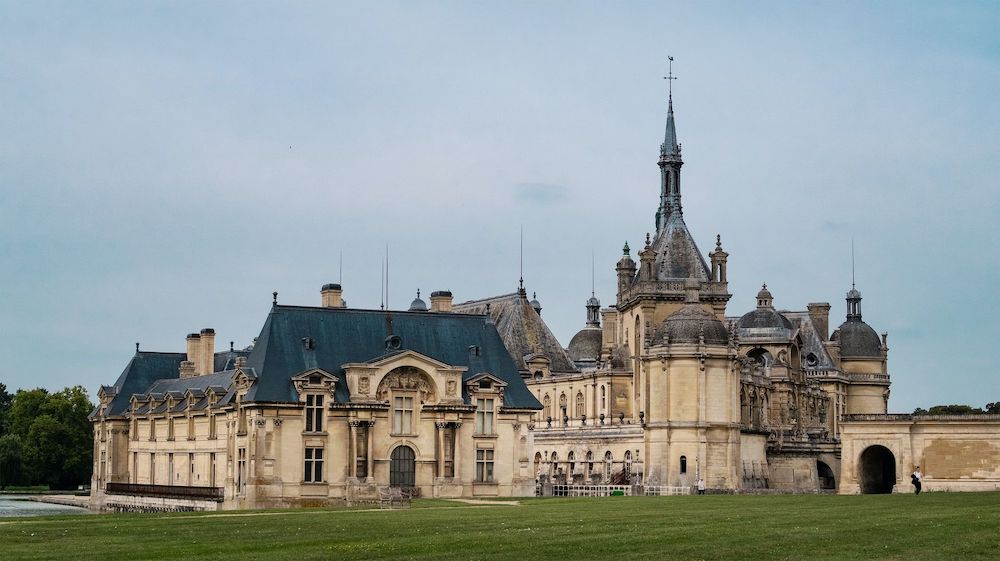
Designed, built, and curated by King Louise-Philipe’s son, Henri d’Orléans or the Duke of Aumale, the Château de Chantilly is home to the Duke’s immense collections of art and other cultural artifacts. Gifted to the Institut de France in 1866, the château gives visitors a glimpse into the Duke’s collection, a collection so large it is rivaled only by the Louvre.
A tour of the Château de Chantilly allows visitors access to ceremonial reception rooms, art galleries, the Duke and Duchess’s private suites, and one of France’s most extensive libraries – the Duke of Aumale was considered the greatest bibliophile of his time.
The 115 hectares of gardens are another attraction at the Château de Chantilly. With beautiful ribbons of water; the rustic Hamlet gardens adorned with tiny cabins; and surprises like the Temple of Venus throughout, the gardens are a beautiful place to spend the afternoon taking in the French countryside.
Located 40km from Paris, the town of Chantilly is accessible by car or regional train. Tickets can be purchased online from the Château de Chantilly’s website.
Mont-Saint-Michel
One of France’s most famous historical sites, the Mont-Saint-Michel Abbey sits atop a tidal island commune surrounded by a bay near Normandy. Now a UNESCO world heritage site, the island and its bay have for years been a place of pilgrimage.
According to legend, in 708, Archangel Michael appeared to the bishop of Avranches, St. Aubert in a dream. For three nights, the Archangel visited the bishop demanding that he build a sanctuary atop Mont Tombe in his honor. However, Mont Tombe seemed an impossible place to build anything as it was a rocky tidal island surrounded by the sea. After using his thumb to burn a hole in the bishop’s forehead, Archangel Michael got his way and the church was built and devoted to him in 709.
In 966, a monastery and abbey were added to the island behind tall walls to protect the buildings from the sea. The dukes of Normandy and eventually the kings of France added to the abbey as it developed into a place of learning and a center for pilgrimage.
Today, the streets of Mont-Saint-Michel are lined with restaurants, museums, and other touristy shops to cater to visitors making day trips from Paris or staying in the region. Visitors can also tour the abbey and walk along the mudflats surrounding the island at low tide. At high tide, however, the island is surrounded by the sea thanks to recent restoration projects in Mont-Saint-Michel Bay.
Located 365km and a four-hour drive from Paris, Mont-Saint-Michel is a bit further of a day trip, however, the train between Paris and Mont-Saint-Michel takes only 3 hours. Upon arrival, visitors need to go to the Place de Navettes to catch a special shuttle that will take them to the abbey.
Tickets are not needed to wander the island, however, some attractions such as the abbey do require tickets for entry. These can be purchased at the door.
Étretat
Nestled between mesmerizing white cliffs and set against the beautiful blue sea, the oceanside town of Étretat is a lovely retreat from the bustle of Paris. The town has inspired artists and locals alike over the years with the cliffs featured in many Impressionist paintings.
Étretat’s main attraction is its white cliffs and the rock formations flanking either side of the town. Arches of chalk and flint stand at the end of long white sand beaches. The most famous arch, Arval Cliff and Arch, looks like an elephant dipping its trunk into the English Channel.
Walking through the town, visitors will find the market square covered by a timber-framed structure filled with shops. This market built in the 19th century now caters to tourists and sells souvenirs and other trinkets.
Visitors can also learn about Étretat’s most notorious fictional local, Clos Arsène Lupin, the French Robin Hood. His creator, author Maurice Leblanc lived and wrote in Étretat. His home is now a museum and hosts opportunities for tourists to participate in their own detective mysteries. This makes Étretat one of the best day trips from Paris for kids.
Located approximately 200 km from Paris, Étretat is best accessed by car. Visitors can travel to the town by train or a combination of train and bus, but these travel times are much longer making it difficult to visit Étretat on a day trip from Paris.
Loire Valley
Known as “the Garden of France,” the Loire Valley is known for its picturesque landscapes and beauty. Formerly frequented by French kings and aristocracy, the culturally rich valley is full of sprawling country residences and lavish châteaux, the most famous of which is Château de Chambord which inspired the design of the Palace of Versailles.
Other sites in Loire Valley include Château de Chenonceau, home to the famous Corps de Logis created by Catherine de Medici; Cathédrale Notre-Dame de Chartres, a classic gothic cathedral that influenced the design of other gothic structures like Westminster Abbey in London; Bourges, a ducal city located on the Yèvre and Aveyron rivers; and many more.
Tourists can explore the towns, villages, and châteaus throughout the valley at their leisure and be inspired just like the many people who have passed through this area over the centuries. The entire Loire region is listed as a UNESCO World Heritage Site, making it one of the most unforgettable day trips from Paris.
Located approximately 200 km south of Paris, Loire Valley is accessible by train or car. The train allows passengers to take in the passing countryside during the hour journey to the region. A car allows visitors the flexibility and freedom to visit the châteaus, museums, and towns they are most interested in.
Epernay, Champagne
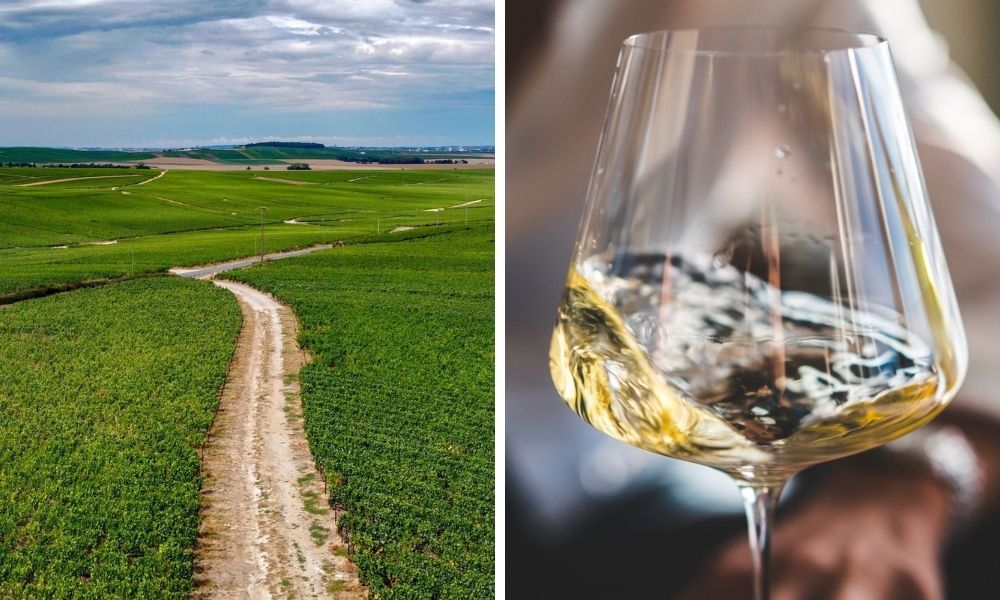
One of the world’s top competitors for the title of the “Capital of Champagne,” Epernay is the place to visit for all who love bubbly. I am a total bon vivant, so this is one of my favorite day trips from Paris!
Surrounded by vines, the town of Epernay is known for its wine and champagne. Walking down the Avenue de Champagne, tourists will pass some of the world’s most famous champagne houses where they can taste the wines in the makers’ tasting rooms.
Perhaps one of the most appealing aspects of Epernay is its greeter program. Acting as hosts, Marne locals partner with tourists and guide them through their favorite treasures in the town and region. Greeters travel with a group and provide history, facts, and a unique cross-cultural experience. Visitors can request and reserve a greeter through the town’s website.
Located approximately 150km from Paris, Epernay is accessible by car or train. Both modes of transportation take about an hour and a half making the Marne region the perfect day trip from Paris.
Bayeux, Normandy
One of few towns in Normandy spared of historic destruction during D-Day, Bayeux is home to a bustling historic center and a cathedral built in 1077. With a history spanning back to the Roman ages and the reign of Norman dukes, Bayeux has a uniquely rich history in this region. This is one of the best historical day trips from Paris.
The most prominent piece of this history is the Bayeux tapestry, a UNESCO-protected artifact, and fabric saga depicting the Norman conquest of England in 1066. The tapestry stretches 230 feet and the story is embroidered on linen. Visitors can visit the tapestry at its home in the former Grand Seminary building.
Other attractions in Bayeux include the War Museum and memorial dedicated to Allied Forces who stormed the beaches of Normandy in 1944, the Notre-Dame Cathedral which dates back to pre-Gothic periods, and the Conservatoire de la Dentelle, a conservatory dedicated to preserving the region’s lace-making traditions.
Bayeux is located approximately 265km from Paris. Travelers can get to Bayeux either by train or car.
London
Though located in a different country, London, England, is a somewhat easy day trip from Paris due to the high-speed train that departs from Gare du Nord. This train takes only two and a half hours and crosses the English Channel in the underwater “Chunnel”.
If you are naturally an early riser, this could be a fun day trip for you!
In London, visitors can visit Big Ben, the British Museum, the London Eye, Hyde Park, and many more. Or you can try one of London’s many renowned Michelin star restaurants.
Tickets for the Paris to London Eurostar train must be purchased in advance!
As you can see there are so many different day trips you can take from Paris. I didn’t include Bordeaux and Nice, but these major cities are just a 2-hour train ride away from Paris so you could make a day trip out of it if you really wanted to. High-speed train tickets are quite expensive though, and truthfully it’s worth it to spend more time in these places than just one day, but it is an option if you want to!
What are your favorite day trips from Paris?
